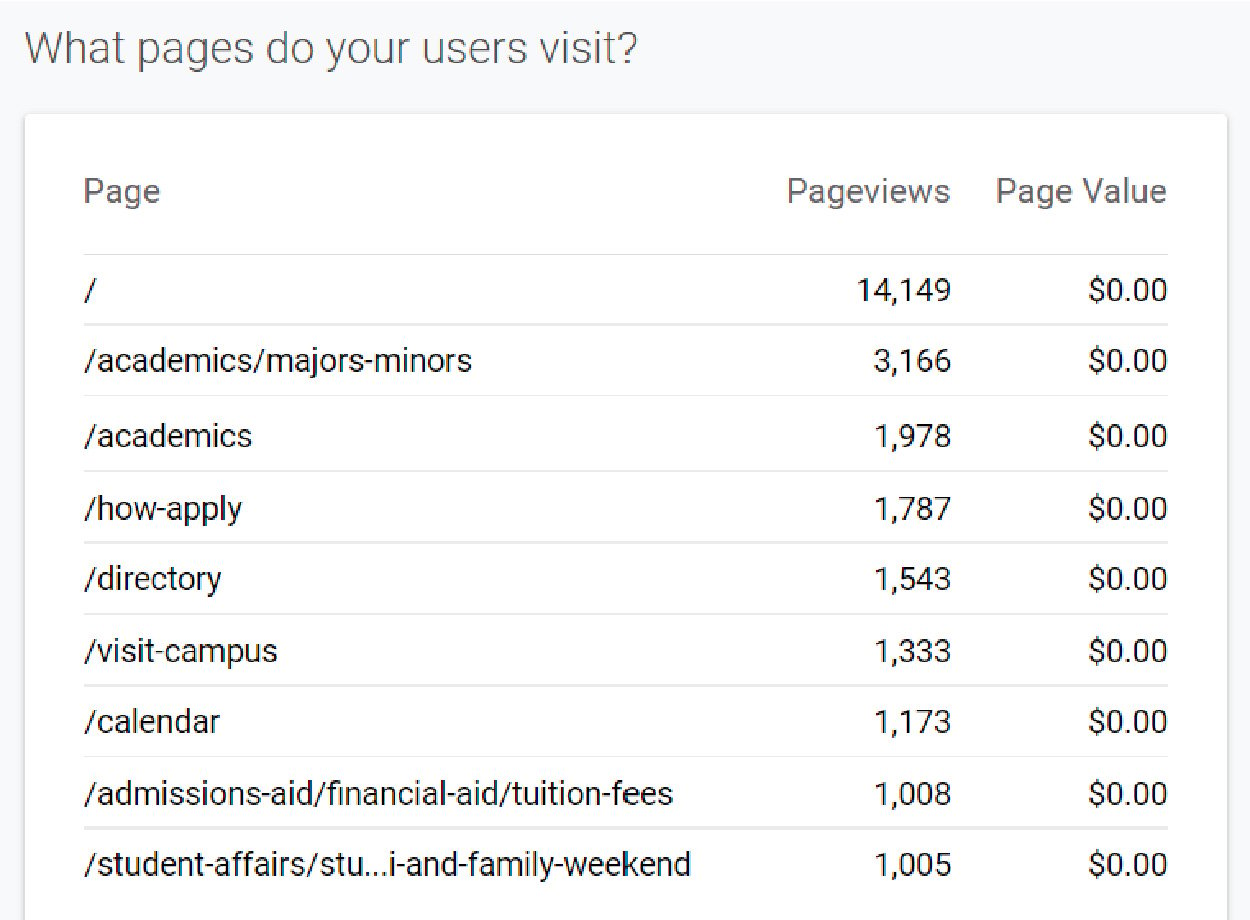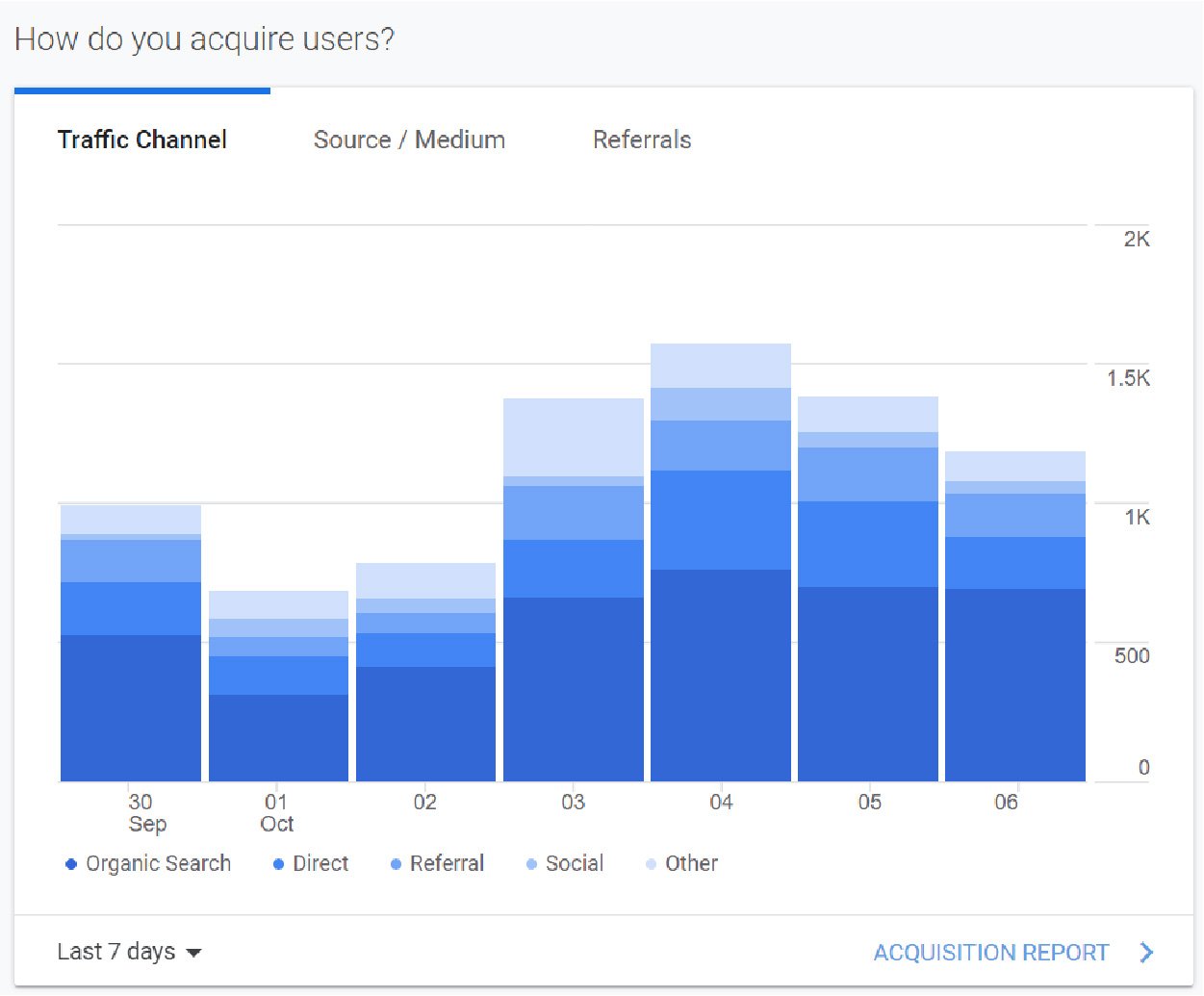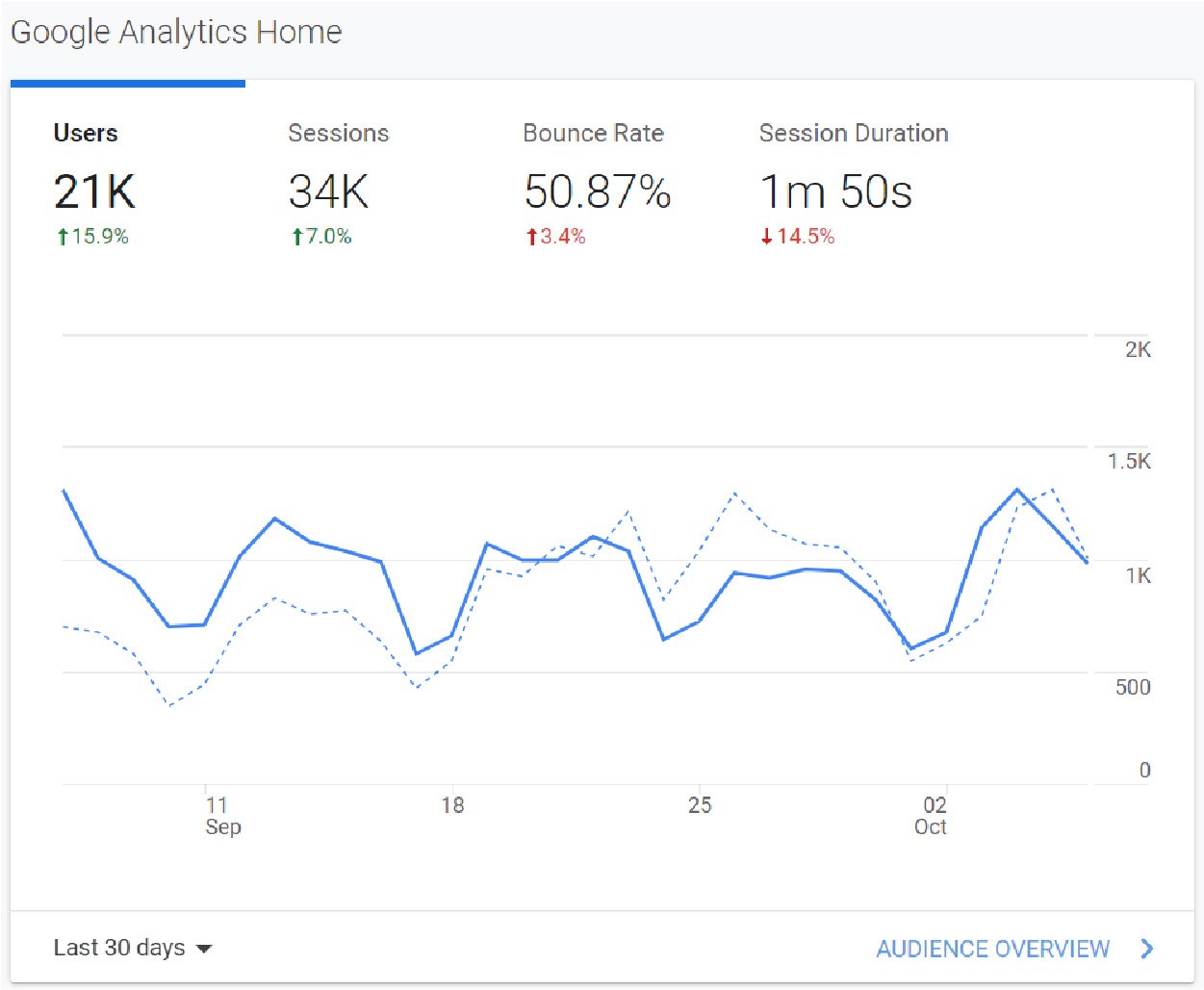Why is tracking and reporting important?
Data is at the heart of your higher education recruitment plan, whether it's cultivating prospects, nurturing leads or communicating move-in-day details with students. Data-driven decisions are decisions based on information rather than intuition, assumptions or observations alone. Making data-driven decisions requires a level of data literacy to know what is working and what isn't. Data literacy is defined as the ability to read, write and communicate data. Collecting, managing, visualizing and applying data can also be added to the definition. Mastering data literacy will help you, your team and your institution reach enrollment goals.
The very first step to successful reporting is trustworthy data. You may have heard "garbage in, garbage out." If you cannot trust your data, you cannot trust the decisions you make based on that data. Data is more than making decisions - data also drives automation and personalization, allowing you to deliver excellent user experiences to your audience and increase conversions. Take the time to ensure there are processes in place to confirm your data quality and integrity is intact.
The availability of data is also critical to reporting. Data cannot exist in silos to be effective; make sure your team has access to the data and reporting they need to accomplish their responsibilities.
If you collect it, you can report on it. It's important to collect what you need and not collect data for the sake of collecting it. If you collect a student's favorite color, have a use for that information; otherwise, it is just taking up space in your CRM. Tracking data helps marketers in countless ways. A few high-priority uses are knowing your audience, knowing where traffic is coming from, measuring the success of marketing activities, increasing conversions and making decisions based on data.
Use data to set goals for your recruitment strategy. Pulling information from multiple sources will give you a holistic view of the environment to set a SMART goal. For more information about setting goals using our Success Equation, view our video by Sam Thorson.
Report Types
Attribution reporting is a strategy used to measure the impact marketers had on a specific goal. For example, if your team wanted to see how much a social media campaign led to applications, an attribution report would be a good choice.
Attribution reports help you understand the journey users took to accomplish, or not accomplish, a conversion. This information will help your team increase or change efforts accordingly. Attribution reports collect all the related information and events in one place for a big-picture view of the strategy so you know which channels are performing to meet goals.
What to Report
With so many data points and tracking opportunities, it's easy to get lost. Starting with basic reporting points will keep your reports focused and easy to understand. Answering these starter questions will help your leadership see progress toward key goals:
- What is the cost per acquisition (ROI)?
- Where is website traffic coming from?
- How are users engaging with the website? (This one is campaign-dependent.)
- Apply now clicks
- Schedule a visit clicks
- Pay deposit clicks
Apply those starter questions to these three reporting categories:
-
Conversions
-
Website/CRM Tracking
-
Media Performance
Conversions
Deciding on a conversion point happens during the strategy phase and when setting up of any tracking tags. Now it's time to report on those tags. In higher education, each institution will have different reporting needs, but these two remain constant:
- Admitted Students
- Where are these students' geographic location
- Program of interest
- Application Submissions
- Where are these students' geographic location
- Program of interest
- Application method (online, in-person, event submission, etc)
Website & CRM Tracking
Your website is the hardest-working tool in your recruitment strategy. Using reporting will direct any changes needed in content, layout or functionality. Web teams and admissions teams must work together to ensure the user's experience on the website is easy and effective. What is an effective user experience? One that leads to a conversion. Are calls to action clear and obvious? Accessibility matters - can all users access and engage with the website? Are users finding the information they need? These questions can be answered in your reporting. Include the following:
- Website analytics (overall traffic and seasonality spikes)
- Website - top-performing pages
- Traffic channel breakout
- Organic search
- Direct
- Default channel groups
- Source/medium
- Event or goal performance - CTA clicks etc
- Email performance - CRM tracking
- Open rate
- Unsubscribe
- Click through rate

Media performance
Running paid media without reporting is like dumping money down a wishing well. The report is as important as optimizing, adjusting and monitoring. Track and report these key metrics:
- Campaign performance
- Recruitment
- Branding
- Transfer
- Social Media
- Profile data
- Paid social
- Tactic Performance
- Impressions
- Click Through Rate (CTR)
- Cost Per Click (CPC)

Monitoring these metrics and comparing them to the same period the previous year will give you a gauge on how the recruiting class is shaping up. These metrics will drive adjustments to other marketing efforts and campaigns.
Reporting data can be pulled from Google Analytics, social media platforms, your CRM or any number of third-party applications. Tracking the right data and events will reveal opportunities to reach goals and see trends. Setting up event tagging on website pages will help you drill down into the data that leads to conversions.
Don't let a lack of experience in data literacy keep you from producing and reviewing reports. Start simply and even as you learn, don't overcomplicate reporting - keep it simple and relevant to your goals.
For a more in-depth look at reporting, view our video on Higher ED Tracking: What you Should be Reporting.




-1.png?width=290&name=Untitled%20design%20(2)-1.png)